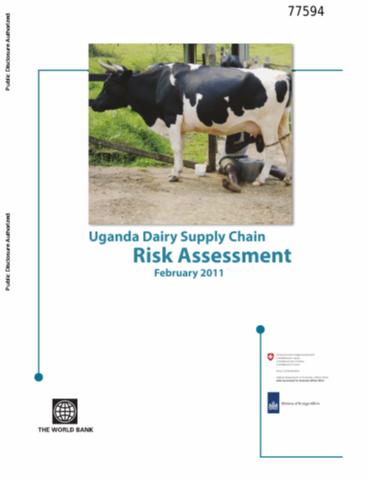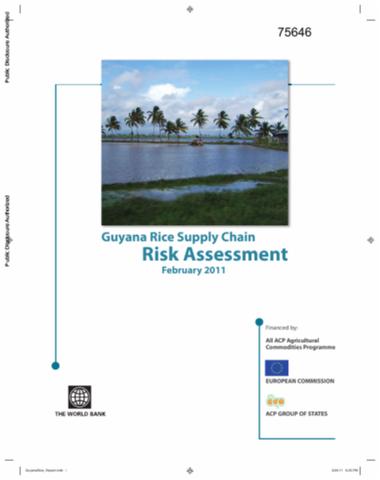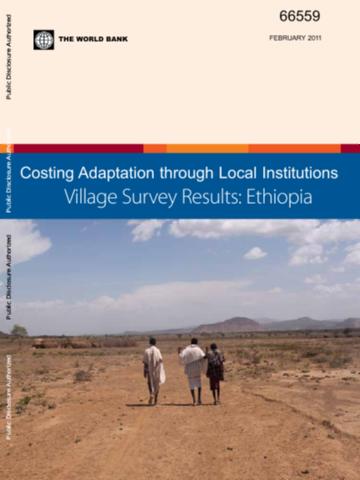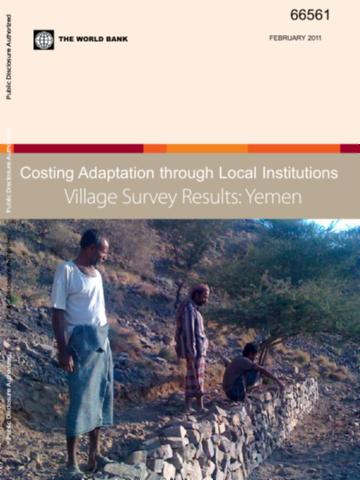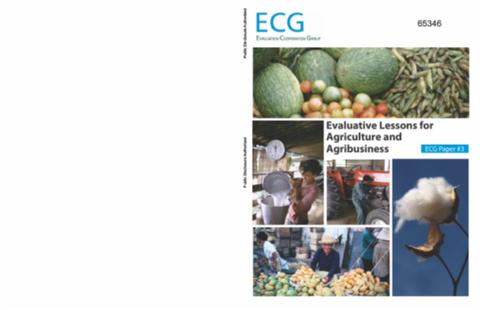The World Bank is a vital source of financial and technical assistance to developing countries around the world. We are not a bank in the ordinary sense but a unique partnership to reduce poverty and support development. The World Bank Group has two ambitious goals: End extreme poverty within a generation and boost shared prosperity.
- To end extreme poverty, the Bank's goal is to decrease the percentage of people living on less than $1.25 a day to no more than 3% by 2030.
- To promote shared prosperity, the goal is to promote income growth of the bottom 40% of the population in each country.
The World Bank Group comprises five institutions managed by their member countries.
The World Bank Group and Land: Working to protect the rights of existing land users and to help secure benefits for smallholder farmers
The World Bank (IBRD and IDA) interacts primarily with governments to increase agricultural productivity, strengthen land tenure policies and improve land governance. More than 90% of the World Bank’s agriculture portfolio focuses on the productivity and access to markets by small holder farmers. Ten percent of our projects focus on the governance of land tenure.
Similarly, investments by the International Finance Corporation (IFC), the World Bank Group’s private sector arm, including those in larger scale enterprises, overwhelmingly support smallholder farmers through improved access to finance, inputs and markets, and as direct suppliers. IFC invests in environmentally and socially sustainable private enterprises in all parts of the value chain (inputs such as irrigation and fertilizers, primary production, processing, transport and storage, traders, and risk management facilities including weather/crop insurance, warehouse financing, etc
For more information, visit the World Bank Group and land and food security (https://www.worldbank.org/en/topic/agriculture/brief/land-and-food-security1
Resources
Displaying 4616 - 4620 of 4906Uganda Dairy Supply Chain Risk Assessment
Cattle are one of the main instruments for economic (e.g., milk, meat, and cattle sale) and social (e.g., marriage, death, dispute settlement, and gift giving) exchange in Uganda. They serve as the main source of livelihood for a large majority of rural Ugandans, especially in the cattle corridor. Recent statistics demonstrate that the livestock sector contributes 13.1 percent of the agricultural gross domestic product (GDP) and 5 percent of the national GDP.
Guyana Rice Supply Chain Risk Assessment
This report is the outcome of assessment and is intended as an advisory note to the Ministry of Agriculture (MoA) and Guyana Rice Development Board (GRDB) to enable them to identify a strategy and potential public investments to improve current risk-management practices in the rice supply chain. This report identifies the major risks facing the rice supply chain, ranks them in terms of their potential impact and frequency, and offers a framework for improving current risk-management practices.
Costing Adaptation through Local Institutions
In Ethiopia, village surveys were conducted in six villages and two expert workshops were organized to discuss the organization of the study and to evaluate the draft results. Based on household surveys, focus group discussions, and institutional stakeholder interviews, we assessed household vulnerability, analyzed the strategies households adopt to reduce the hazards faced, and evaluated the assistance households receive from institutions. Vulnerability profiles were formulated, which show that household vulnerability differs substantially among and within villages.
Costing Adaptations through Local Institutions
The objectives of the Costing Adaptation through Local Institutions (CALI) study were (a) to identify the costs of adaptation through local institutions, and (b) to investigate which institutions help households adapt to climate variability, which efforts and costs are needed to realize the adaptation options, and how they facilitate adaptation to climate variability. The study was carried out in Ethiopia, Mali, and Yemen. This report discusses the results for Yemen.
Evaluative Lessons for Agriculture and Agribusiness
Agricultural investments made by developing countries and multilateral development banks (MDBs) have declined in recent decades. This decline is associated with a slowdown in the growth of agriculture productivity. Most development institutions have recognized the damage caused by this past neglect, in part evident in rising food prices, and renewed attention to agriculture and agribusiness is emerging. But this renewed interest will need to deliver results, especially in Sub-Saharan Africa, where the MDBs have had the least success but where the needs and opportunities are enormous.






